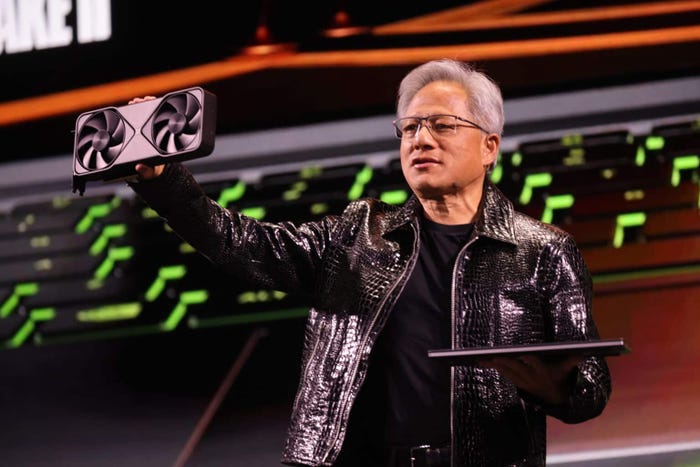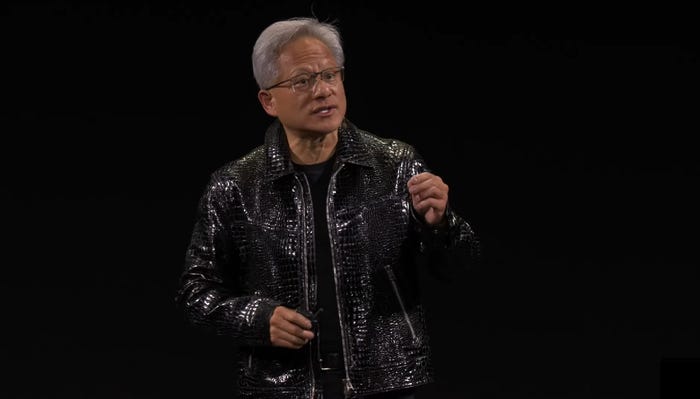
Connects decision-makers and solutions creators to what's next in quantum computing
Top Quantum Stories of 2022: Part 4Top Quantum Stories of 2022: Part 4
Quantum computing demonstrates machine learning and natural language processing capability

This year has been a defining one for quantum computing and its applications. The stories covered by Enter Quantum in 2022 fell under several broad themes.
This fourth retrospective looks at some examples of how the technology has been incorporated into machine learning and natural language processing solutions.
Quantum-Enhanced Machine Learning
The complex routines used to train machine learning algorithms involving vast quantities of data can often be executed faster using a quantum computer, a process known as quantum machine learning (QML).
The financial services industry is often promoted as one of the earliest sectors to benefit from QML, and an important use case is fraud detection. In December, an IBM panel explained how quantum computers can select the features that best train the machine learning model.
Research by Multiverse Computing and technology transfer center Ikerlan demonstrated that quantum artificial vision systems powered by quantum machine learning can outperform their classical computer-powered counterparts at image detection and classification.
Hyundai Motor Company is using QML techniques on IonQ’s quantum computer to develop machine vision algorithms capable of conducting object detection on 3D data from autonomous vehicles. They are also investigating quantum to simulate electrochemical reactions of different metal catalysts to develop more efficient and environmentally friendly electric vehicles.
Standard Chartered bank and the Universities Space Research Association are developing quantum-inspired machine learning applications for environmental, social and governance applications, including predicting extreme weather events.
And Bosch and Multiverse are researching the use of quantum and quantum-inspired machine learning tools for future smart factories, including quantum-computing powered digital twin technology.
Quantum Natural Language Processing
Natural language processing is a potential use case for quantum computing as it is a complex optimization process, an application known as quantum natural language processing (QNLP).
JPMorgan Chase researchers have successfully demonstrated using quantum algorithms to summarize documents using natural language processing. Banks often need to provide summaries of documents for their customers that might otherwise be too long to read. They automate this using a process called extractive summarization, which uses NLP to extract sentences that represent the most relevant information from the original text.
Finally and perhaps most surprisingly, the British Broadcasting Corporation (BBC) is joining a new quantum consortium formed to find ways to use QNLP to support tasks such as content discovery and archive retrieval. To give an idea of the scale of the task, the BBC has an archive with more than 15 million items, including audio, film and text documents, as well as toys, games, merchandise, artifacts and historic equipment, representing a century of historical and cultural records.
One of the companies aiming to make QNLP more accessible is Quantinuum, which this year launched an update to its Lambeq QNLP software development toolkit. The new feature aims to make QNLP applications such as advanced automated dialogue, text mining, language translation, text-to-speech and language generation easier for developers to create.
About the Author
You May Also Like
.png?width=100&auto=webp&quality=80&disable=upscale)
.png?width=400&auto=webp&quality=80&disable=upscale)




